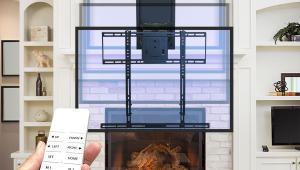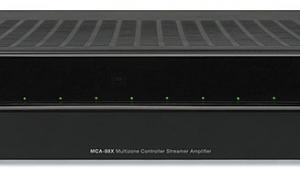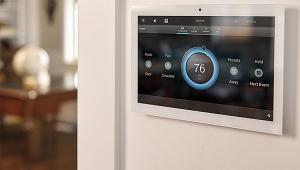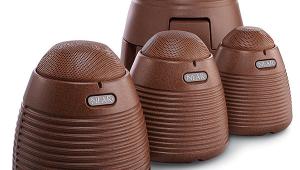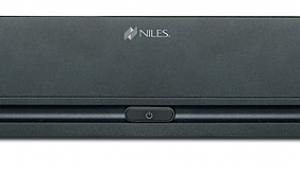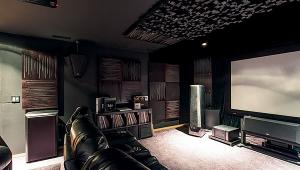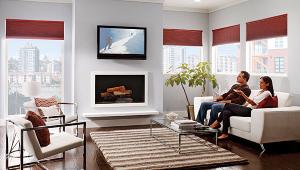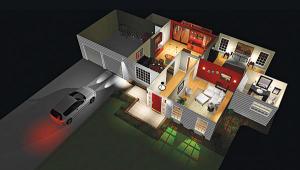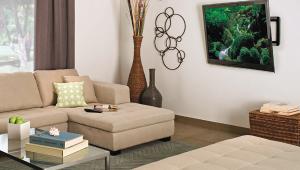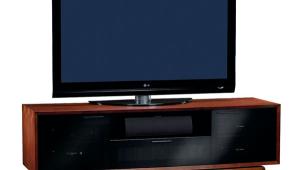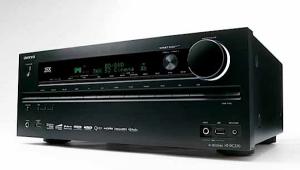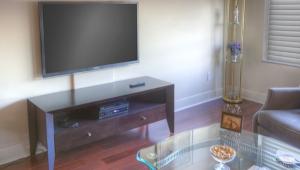Vicoustic Takes the Hocus Pocus Out of Room Treatment Page 2
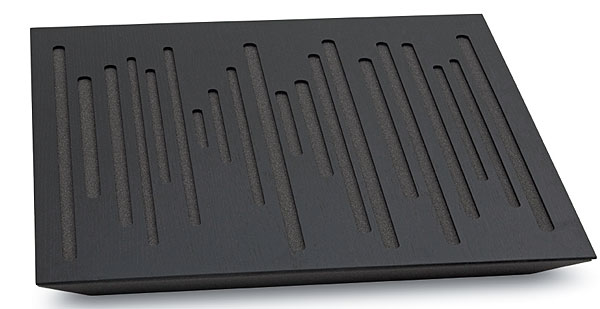
Last, but certainly not least, were the Super Bass Extreme bass traps ($275 each). These look exactly the same as the Wavewood panels from the front but are a completely different design that shares only the same front panel for diffusion. Inside are two high-density foam layers that, along with the perforated rear panel, acts as a Helmholtz resonator. Vicoustic’s proposal had noted that the main issue for my room was a 73-hertz room mode, essentially a bump in bass frequency response. The Super Bass Extreme is designed to work most effectively in the 60-to-125-Hz range. These panels can be stacked using a special spacer panel or can be glued to the wall like the other panels. For this install, we stacked four traps in each of the front corners and glued two pair to the back wall/ceiling boundary. (I can’t put panels in my back corners, due to the presence of my rack in one corner and the door to the room in the other.)
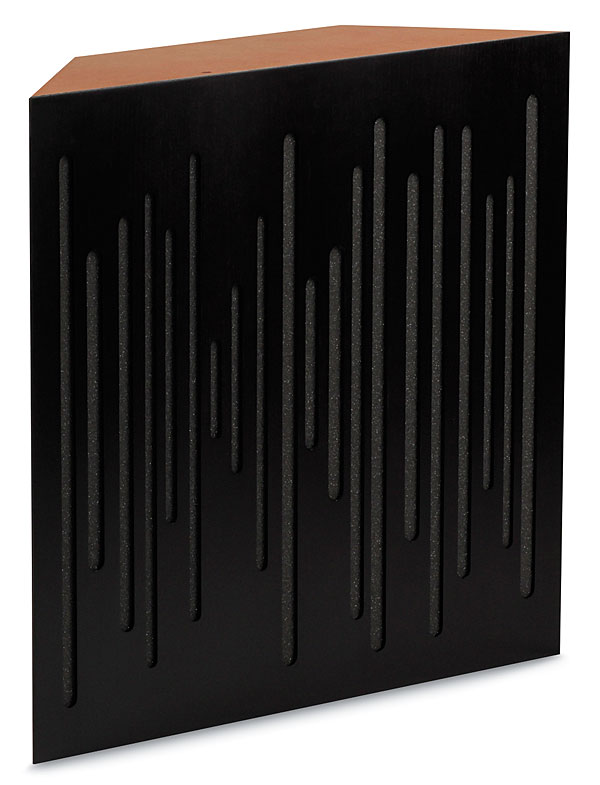
Sight and Sound
Typically, either a dealer or the customer would install all of the treatments; however, the folks at Vicoustic USA did this install. With their North American headquarters located right across the Puget Sound from me, it worked out well for both of us. They could ensure that the install went without a hitch, and I could ask all the questions I wanted during the time I had with them. I assure you, anyone could install these panels with minimal effort, and I would have been more than happy to tackle the job on my own. Most of the panels weigh just a few pounds each and are designed to be installed with Vicoustic’s own adhesive called Flexi Glue; only the Multifuser Wood 36 is hung like a picture. They all go up quickly.
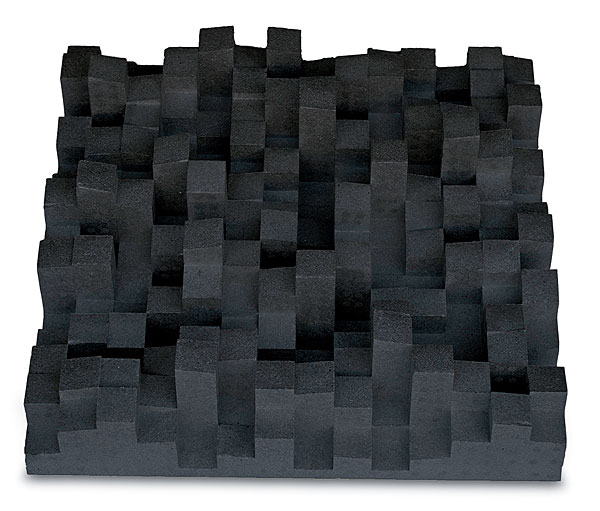
We installed the treatments in groups so that I could take time to listen for changes in the room’s character with music that’s familiar to me. We started with the diffusion. My previous treatments were all absorption-based and did a great job of taming reflections and dealing with bass issues. In fact, Vicoustic’s proposal for my room treatments wasn’t that different from what I had done before. There was a bit more treatment on my left wall, and they substituted some diffusion where I previously had nothing but absorption, but the overall placement wasn’t radically different. I noticed the most change in the character of the sound from the diffusion panels, relative to anything else they installed. It lent a bit more focus to the main soundstage with music and, surprisingly, made my back row of seating sound a lot better with both music and movies. Measurements confirmed Vicoustic’s RT60 estimates, with values typically lower than what they had proposed, due to the furniture and drapes I have in the room.
The rest of the install didn’t yield as much audible difference. Coming from a room that was already treated, I wasn’t expecting a massive change. But considering that Vicoustic added a decent amount of treatment to the room compared with what I had previously, I was surprised that the room didn’t take on an overly treated feel. That was my primary concern going into this project, but using their calculations for required treatment, that result never materialized. The Vicoustic products did a remarkable job of taming reflections and bass issues without creating a dead or overdamped feeling. Ambience was beautifully retained, and the soundstage was just as open as ever, though with a bit more focused vocals. My measured bass response was every bit as good as before, and even modal ringing (which can cause droning bass) wasn’t an issue.
While I’d love to say that the acoustical attributes of the room were the best part of the install, I’d be lying. I liked my room before the treatments, and although I heard some improvements, the most impressive aspect of the project was how great it made the room look. The panels added a whole new level of sophistication to the room’s aesthetics. The outpouring of approval I received from family and friends only confirmed my own feelings; to date, I haven’t had anyone in the room who hasn’t asked where I got the treatments and commented on how great they looked. And anyone who has been around room treatments knows that they rarely improve a room’s interior design.
No More Excuses
Dealing with room acoustics is something most people just don’t have any experience with—and it’s easy to ignore it, hoping the room correction software in your A/V receiver or processor will do the whole job for you. That just isn’t the case. It’s also understandable that people get scared off by the idea of having to figure out how much treatment to use and what kind and where to put it. Vicoustic USA provides a clear pro-
posal that includes a full analysis of the room and answers these questions, at a surprisingly low price. Meanwhile, their treatments cost about the same as most budget solutions on the market today, but they offer aesthetics typically not found anywhere near their price point. Installation couldn’t be easier, and the end result is a room that not only sounds great but looks sensational, too. I couldn’t recommend them more.
Vicoustic • (206) 767-2020 • vicousticusa.com
